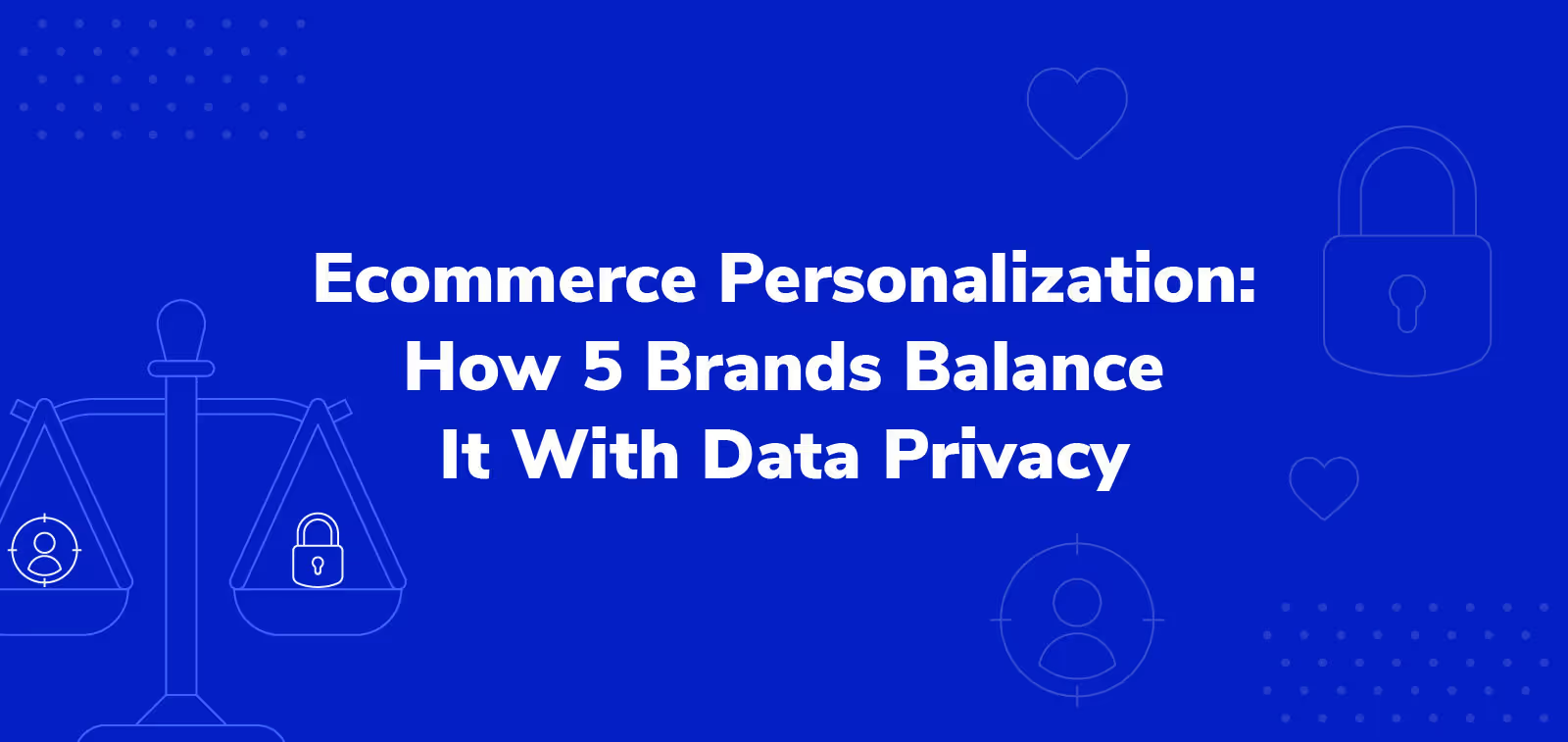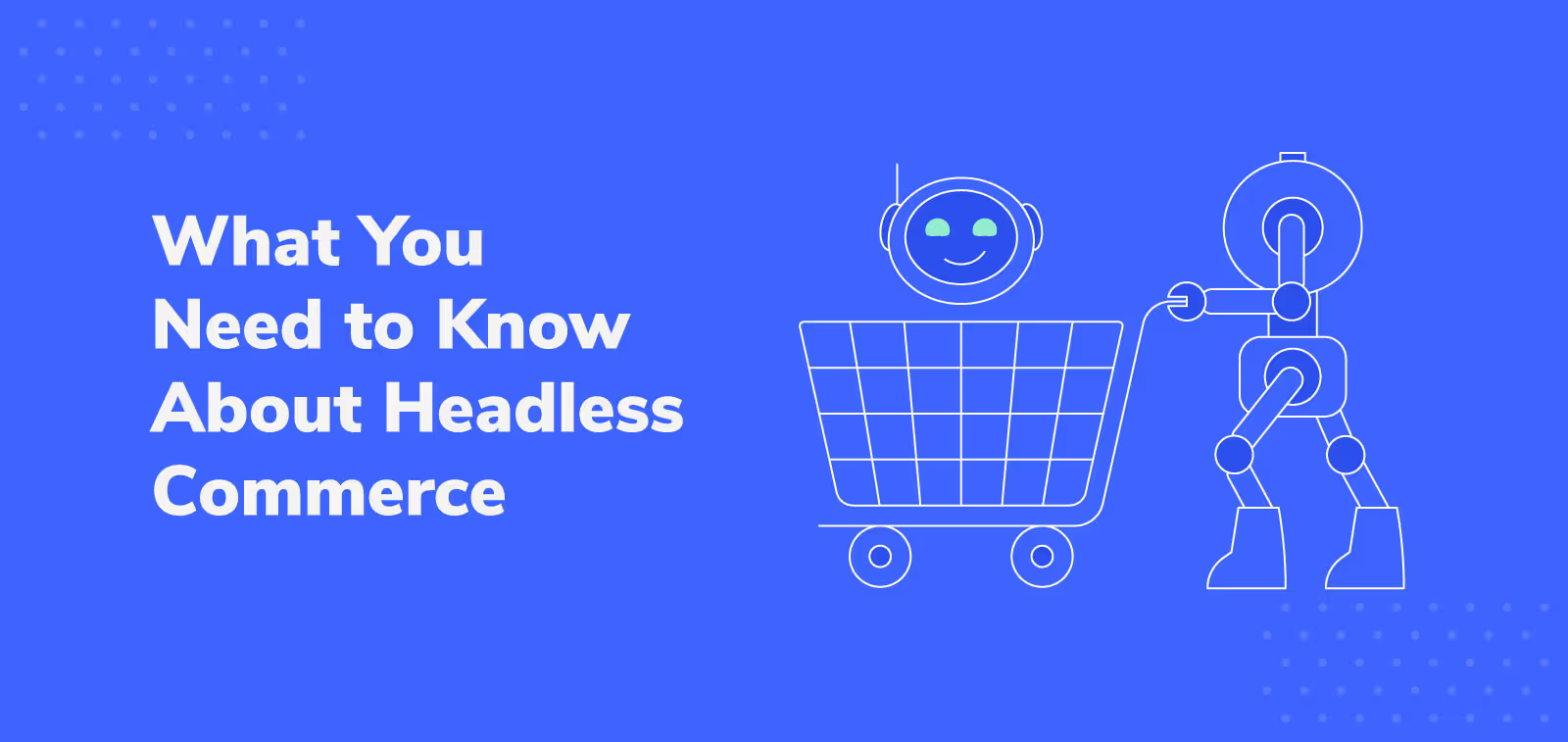What is My Attach Rate? Defining a Key Ecommerce Metric — and How to Increase It

Casper, Allbirds, S’well — many ecommerce brands get their start with one great product. But at a certain point, most business owners have to add more product types to grow.
Product launches can be risky and expensive, so you need a way to make sure new items are resonating with customers and generating revenue. That’s where your business’ attach rate comes in.
In this post, we’ll break down everything you need to know about this metric — from what attach rate measures to ways you can increase it and maximize revenue.
What is a company’s attach rate?
Attach rate, or attach ratio, refers to the percentage of secondary product sales from customers who also bought your primary product. Essentially, it measures how many secondary product sales happened due to primary product sales.
Imagine an online bike store where bikes are the primary product and baskets are the add-on product. The brand’s attach rate would be the percentage of baskets sold with a bike relative to the number of bike orders.
How do I calculate my attach rate?
To calculate attach rate, divide the number of secondary product sales (that happened with a primary product sale) by the number of primary product purchases, and multiply that figure by 100 to get a percentage.
Attach rate = (# of secondary products sold (with the primary product) / # of primary products sold) x 100
What is a good attach rate?
There’s no clear answer here since the metric varies depending on your industry. To figure out your attach rate benchmark, track the metric over several months to determine your average rate. You can also ask other professionals in your industry about their typical attach rates.
Why should I track my company’s attach rate?
Attach rate helps you gauge your business’ health and improve anything that might hamper secondary product sales, from pricing to product design.
If your attach rate decreases over time, you may need to boost awareness of new products or reevaluate whether your products meet customers’ needs. A high attach rate, on the other hand, signals that your product line is resonating with your market.
Highlight opportunities to increase revenue
If you just track revenue trends, you may not realize what exactly is leading to changes in revenue. Attach rate alerts you to secondary products that are driving up your average order value and are worth expanding further.
Say you’re a mattress brand, and you’ve just launched a luxury pillow product. Within three months of launching the pillow, your attach rate increases because many customers are buying the new item with your signature mattress.
Without tracking attach rate, you might notice that pillow sales were high. But the attach rate tells a fuller story: revenue is increasing because customers are buying the pillow with the mattress. That insight leads your team to promote the product bundle more aggressively on your website.
Gauge your brand’s market share
A brand with a high attach rate relative to the rest of its industry likely has a significant market share. Their customers are buying multiple products in their orders — which generates large amounts of revenue — while other brands’ shoppers only buy one item at a time.
Imagine a D2C company that only sells multivitamins, and compare it to an online wellness marketplace that carries multivitamins and hundreds of other health products — like protein powders and mineral drops. Chances are, the latter has a larger share of the dietary supplement market because their customers can order multiple product types in a single order.
Validate product ideas and promotion channels
If your attach rate is high, it’s a sign that your secondary product is a success with your customers. People love your brand enough to buy your primary and secondary products.
A high attach rate may also be a sign that your marketing of these secondary products is effective, whether that’s a bundled discount offer on your site or user-generated Instagram content.
How to boost your attach rate
Encourage primary and secondary product orders by making it easy for customers to find these items. From there, show shoppers why they should buy these products together through your website content and special offers.
Highlight bundles on product and checkout pages
If your attach rate is low, product visibility might be your problem. If customers don’t know about your secondary products, they’re never going to add them to their carts.
Make it easy for your customer base to buy your primary and secondary items together by highlighting these bundles on product and checkout pages. You could place a picture of your secondary product right above the “Buy now” button on your primary product’s page. Or, you might highlight the secondary product in the sidebar of your checkout page with an “Add to cart” button.
The eyewear company Felix Gray promotes product protection as shoppers are finalizing their glasses selection.

With this page, shoppers can’t miss the option of pairing product protection with their glasses. And if they want to add a plan, the process is easy. They click one of the plan buttons and move forward in the checkout flow.
Educate your customers on your product’s benefits
Along with making your products visible, you also have to explain why they’re worth purchasing. Shoppers likely won’t add your secondary items to their carts if they don’t understand why they’re valuable — especially if your primary product has a high price point.
Build customers’ confidence in these products by displaying visuals and text that explain their benefits. The home goods retailer Z Gallerie places a question mark button next to their product protection plan buttons, which shoppers can click to learn more about them.

When customers click the button, a pop-up appears explaining all of the product protection plan’s benefits.

If your secondary product might be unfamiliar to shoppers, an optional pop-up window is a great way to provide information about the item without being intrusive.
Set discounted bundle pricing
Even when shoppers understand the value of your products, they still may need an extra nudge to purchase. Give them a reason to click “Buy now” by offering primary and secondary products together at a discounted price.
The company Evolve Skateboards incentivizes customers to buy their Hadean Bamboo Street board with their knee pads and helmet by offering both at reduced prices.

Like Evolve, show both the discounted and the struckthrough-full price so customers can see that they’re getting a great deal.
4 metrics to track alongside attach rate
A high attach rate isn’t enough to grow your ecommerce brand in the long term. You also need to know the why behind your data. These metrics will help you figure out why your attach rate is high or low and what you should do to maximize your sales.
Net profit
Net profit refers to the amount of revenue a brand has once all expenses are deducted.
Net profit = Total earnings - Total expenses
Ideally, net profit should increase as attach rate increases. Customers are buying both your primary and secondary products, so you should see a boost in revenue compared to when people just bought your main item.
At the same time, secondary products should have minimal promotion costs. Shoppers already understand the value of your primary product, so hopefully upselling the secondary product doesn’t require expensive marketing strategies like paid Google search ads or a print magazine promotion.
If your net profit isn’t increasing alongside your upward attach rate, it’s a sign that your costs are too high. Take a close look at your expenses, especially those related to the secondary product, so you can find opportunities to reduce costs and make the most of your healthy attach rate.
Customer satisfaction score (CSAT)
Customer satisfaction score (CSAT) measures how customers generally feel about your brand or a specific aspect of your business, like an individual product. If your attach rate is lower than expected, you can use CSAT to check if shoppers aren’t satisfied with your secondary products (and if so, why that might be).
Say you work for a home appliance company whose primary product is a blender. The brand’s attach rate is lower than normal because most shoppers aren’t buying an additional smoothie cup with their main purchase. You check the cup’s product page and notice that it has a low 3-star average rating.
After reviewing customers’ post-purchase CSAT reviews, you realize that many customers find it difficult to clean the cup. You pass the feedback along to your product team and ask a few questions about making the cup dishwasher-safe.
Your selling price vs. competitors’ average selling price
If you have a low attach rate, your secondary product’s price may be too high. Calculate your secondary product’s average selling price in your industry so you have a point of comparison.
Competitors’ average selling price = (sum of competitors’ prices) / (# of competitors)
Imagine you run an online eyeglasses store, and few customers are adding a secondary blue light feature to their glasses orders. You charge $100 for this extra feature, but your competitors’ average selling price for blue light lenses is $50. You’ll likely need to lower your price to boost your blue light lens sales and increase your attach rate.
When calculating the market’s average selling price, only include the prices of similar products. The figure won’t be a fair point of comparison if the products are different.
And remember, these metrics don’t factor in product value. A slightly higher price might be justified if you sell a higher-quality product.
Campaign click-through rates vs. conversions
To encourage primary and secondary product sales, you might create marketing for the order bundle. But how do you know if these promotions are working?
Check your campaigns’ click-through rates (CTR), and compare that figure to the number of conversions they generate (in this case, sales).
Click-through rate= (# of campaign clicks / # of campaign views) x 100
Conversions = (# of sales from people who clicked the campaign / # of campaign clicks) x 100
A high CTR and a low conversion rate suggest your marketing is engaging, but your landing page isn’t convincing people to order your products. You may need to tweak your page’s design or consider whether there are product issues that your team needs to address.
On the other hand, a low CTR and a high conversion rate are signs that your marketing isn’t resonating with your audience. Survey customers who have ordered both your primary and secondary products about what they love about them. Adjust your marketing to reflect these selling points.
Increase your attach rate with Extend Product Protection
Customers always want to feel confident in their purchases, regardless of what they’re buying. That’s why protection plans are a reliable secondary product to offer. Many shoppers happily add them to their carts because they want to know they’re covered — especially if they’re buying a big-ticket item.
Beyond protecting your customers, Extend helps you reduce costs and boosts your bottom line. There’s no need to handle claim intake and issue resolution costs — our team has those covered. Our plans also increase your chances of getting a sale because customers know their purchase is protected.
Learn more about raising your attach rate with Extend by signing up for a product demo today.
Aaron Sullivan is senior content marketing manager at Extend. He specializes in writing about e-commerce, finance, entertainment, and beer.
.svg)












































.avif)











